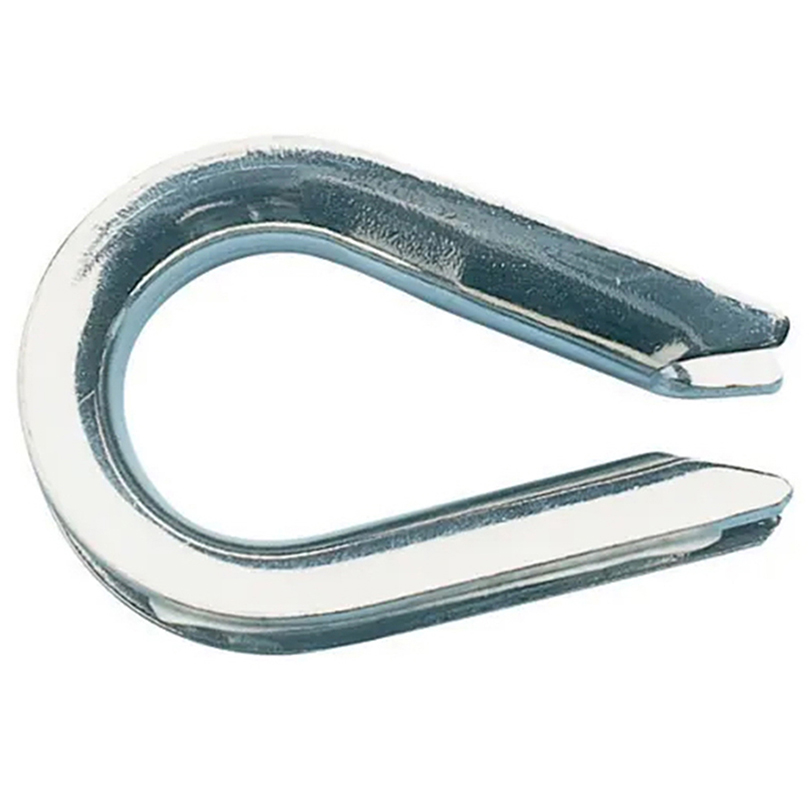Light wood is an excellent choice for furniture, cabinetry, interior design, fine joinery, doors, floors, and panels. Its natural beauty and versatility make it a popular material in many design projects.
Juglans regia, commonly known as the English walnut, has a long history of use across Asia and Europe. It's primarily cultivated in northern, northwestern, and central China, where it's believed to have originated. Some researchers suggest that walnut wood may have native roots in China. Historical records indicate that the Greeks introduced walnut trees to Italy, and later, the Romans brought them to the UK around the first century AD. Today, walnut is one of the most prized materials for high-end furniture, cabinets, handicrafts, and sculptures.
In addition to its use in furniture, walnut wood is also used for making handles, butts, and sporting goods, similar to American black walnut and peach wood. Since the 14th century, it has been widely used in European furniture manufacturing, especially in the northwest region. One reason for its popularity is its lightweight nature combined with a rich, deep color. The heartwood typically ranges from light yellowish brown to dark brown, with distinct dark or black streaks that become more pronounced over time. The color and grain pattern can vary depending on the region of origin.
Different regions have different names for Juglans regia. While the Latin name remains the same, the wood color and appearance can differ significantly. For example, English walnut is heavier and darker, while Italian Ancona walnut features the most intricate and varied patterns. Circassian walnut, originating from the Caucasus region near the Black Sea, is also called Black Sea walnut. It has deeper and more irregular stripes than other varieties, and some consider it the finest type of walnut. Carpathian walnut refers to wood from Ukraine, Russia, Czechoslovakia, and Germany, each offering unique characteristics.
Mature walnut trees can grow up to 20–30 meters tall with a trunk diameter of 1–1.5 meters. Their density is approximately 0.64 g/cm³. The wood has a straight grain, fine and uniform texture, and offers good strength, hardness, impact resistance, and compressive strength. It dries easily, is suitable for carving, and is easy to process manually or mechanically. It also has good adhesion properties and produces a smooth, glossy finish when painted.
The structure of Juglans regia (China) is clearly defined, with a distinct difference between the sapwood and heartwood. The sapwood is light yellowish brown to light chestnut brown, while the heartwood ranges from reddish brown to chestnut brown, often featuring purple tones and dark streaks. When exposed to air, the heartwood tends to darken into a chocolate-like color. The growth rings are clearly visible, and the wood rays are fine and noticeable under magnification. Axial thin-walled tissues are also evident, and the radial cutting surface shows ray markings without wave patterns.
The single-tube holes appear as small groups, arranged in a zig-zag pattern. The inter-tube arrangement is columnar, and the axial thin-walled structures are either separated or scattered. No crystals are observed in the wood. The wood rays are not stacked, with single-row rays measuring 5–10 cells in height and multi-row rays 2–5 cells wide and 10–30 cells tall. The ray tissue consists mainly of single- or multiple-column types, with a few heteromorphic type II variations.
A wire rope clamp (sometimes called a clip) is used to secure the loose end of the loop back to the wire rope. It usually consists of a U-bolt, a forged saddle, and two nuts. Two layers of wire rope are placed on the U-bolts. Then slide the saddle over the rope and attach to the bolts (the saddle includes two holes for the U-bolts). Nuts hold the unit in place. The wire rope is usually terminated using two or more clips depending on the diameter. A 2" (50.8 mm) diameter rope may require as many as eight.
There is an old saying: "A dead horse is without a saddle". This means that when installing the clips, the saddle portion of the assembly should be placed on the load bearing or "live" side of the cable, not the non-load bearing or "live" side of the cable. The "no power" side. According to U.S. Navy Manual S9086-UU-STM-010 Chapter 613R3, Wire and Fiber Ropes and Slings, "This is to protect the live or pressure-bearing end of the rope from pinching and damage. The flat bearing housing and body (saddle-shaped ) extension claws are designed to protect the rope and remain on the live end at all times."[18]
The U.S. Navy and most regulatory agencies do not recommend using such clips as permanent terminals unless regularly inspected and retightened. Encyclopedia website: ewikizh.top

Wire Rope Clips,Wire Rope Clamp,Grips Clips And Clamps,Stainless Steel Wire Clips
Jiangsu Hongze Stainless Steel Wire Rope Co., Ltd , https://www.hzrope.com